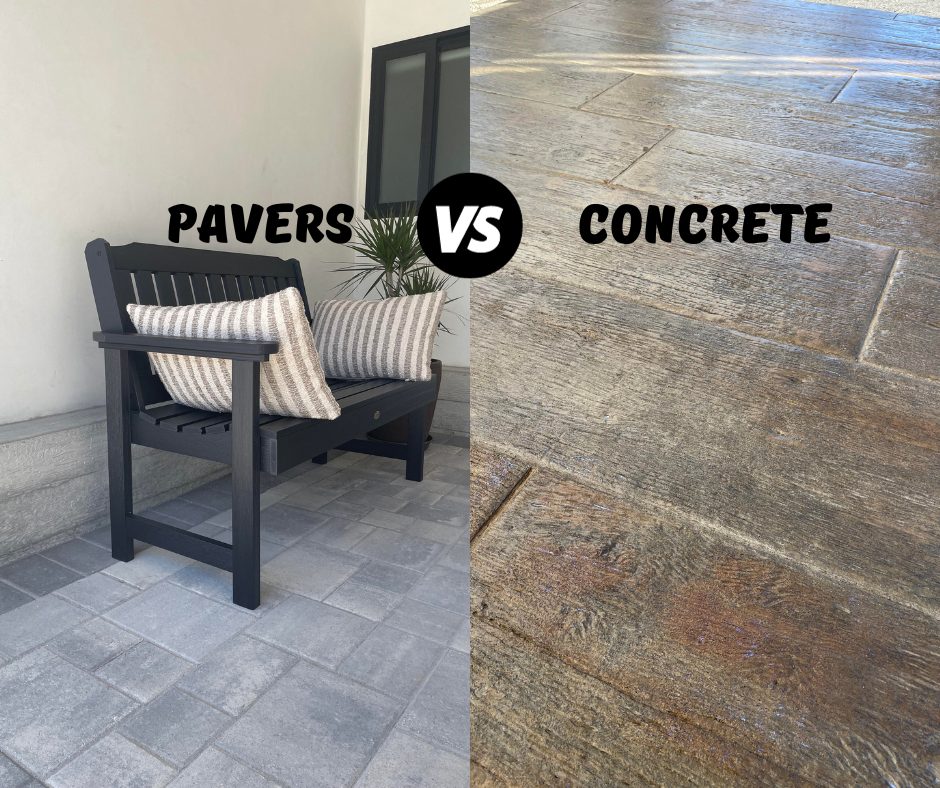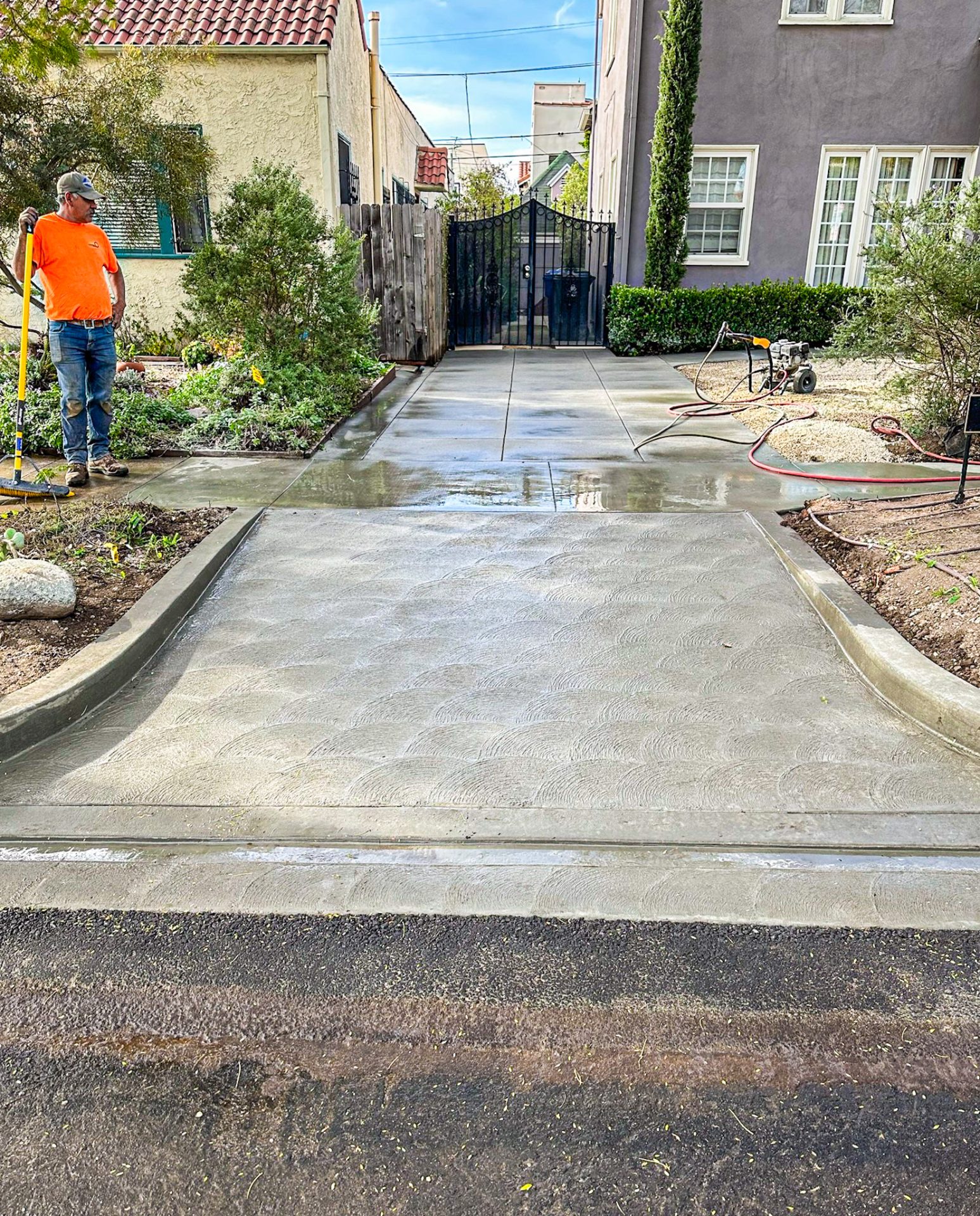Concrete is a widely used construction material known for its strength and durability.
However, one common phenomenon associated with concrete is cracking. While it is unrealistic to expect crack-free floors and slabs, understanding the different types of cracks and their causes can help manage and prevent them. As a professional concrete construction company in Los Angeles, CA we strive to control cracks to the best of our ability. In this article, we will explore the various types of concrete cracks, their causes, and the measures we take to minimize their occurrence.
Types of Concrete Cracks.
Overloading:
Overloading occurs when excessive weight surpasses the load-bearing capacity of the concrete underneath. To prevent this, it is essential to determine the appropriate pounds per square inch (PSI) for the intended purpose of the concrete surface. Our experienced team takes into account your specific requirements during the consultation phase, ensuring the proper mix design and PSI rating. This proactive approach helps prevent premature cracks and extends the longevity of the concrete.
Shrinkage Cracks:
Shrinkage cracks develop after the concrete is poured. During the curing process, heavier particles settle at the bottom, while lighter particles rise to the top along with water. If the water evaporates too rapidly from the surface, shrinkage occurs, leading to cracks that compromise the overall strength. To mitigate this, we typically pour concrete with a lower slump, reducing the risk of shrinkage cracks.
Support Problem Cracks:
Support problem cracks occur when rebar, post-tensioning tendons, or other support elements are not adequately positioned beneath the concrete surface. To address this, we utilize concrete dobies, which maintain the desired height and ensure proper support for the rebar, keeping it off the ground and away from the surface.
Expansion:
Concrete expands when exposed to heat. Excessive expansion can exert pressure on surrounding structures, leading to cracks. Factors such as high temperatures and inadequate provision for expansion joints can contribute to this issue. We incorporate expansion joints into our concrete projects to allow for movement and minimize the risk of cracks caused by expansion.
Cracks Due to Roots:
Trees and plants with extensive root systems can exert pressure on adjacent concrete surfaces over time, resulting in cracks. Adequate planning and maintaining sufficient distance between the concrete edge and trees can help control this issue and prevent damage.
Premature Drying:
Improper drying of fresh concrete can lead to two types of damage: crazing and crusting. Crazing cracks are superficial fractures resembling shattered glass or spider webs, caused by rapid moisture loss from the surface. Crusting cracks (tears) occur during stamping and texture application when the surface pulls apart slightly causing tear like (crack like appearances) on the surface of the slab. These tears are completely an aesthetic blemish only. Appropriate use of stamp release agents during the stamping process can prevent such tears from occurring.
Prevention and Control Measures.
When working on concrete installations, experienced contractors employ techniques to minimize crack formation. Here are some key prevention and control measures:
Control Joints:
Control joints are strategically placed by contractors to identify pressure points and guide cracks to specific weak points within the concrete. This practice helps keep cracks hidden from the visible surface of the slab.
Expansion Joints:
Expansion joints are designed to accommodate concrete movement caused by temperature changes. These joints extend through the full depth of the slab and are often filled with flexible materials to allow for movement without causing cracks.
Reinforcement:
Steel reinforcing bars and welded wire mesh are used to reinforce concrete slabs, enhancing their strength, and providing support. Reinforcements help minimize crack development and prevent cracks from spreading.
While concrete cracking is a natural occurrence, choosing a reputable and experienced contractor is crucial in minimizing and managing cracks. By understanding the various types of cracks, their causes, and implementing appropriate preventive measures, we can ensure a more durable and long-lasting concrete structure.
If you have any concerns about cracks in your concrete or need assistance with repairs, cosmetic fixes, or new installations, we encourage you to schedule a consultation with our knowledgeable team from LTR Concrete Inc. We are here to help you understand the situation, discuss your project, and provide professional concrete solutions tailored to your needs.
Proudly serving the Los Angeles and Ventura, CA areas. Call us today at (747) 228-3116 or send us a message by clicking here.




